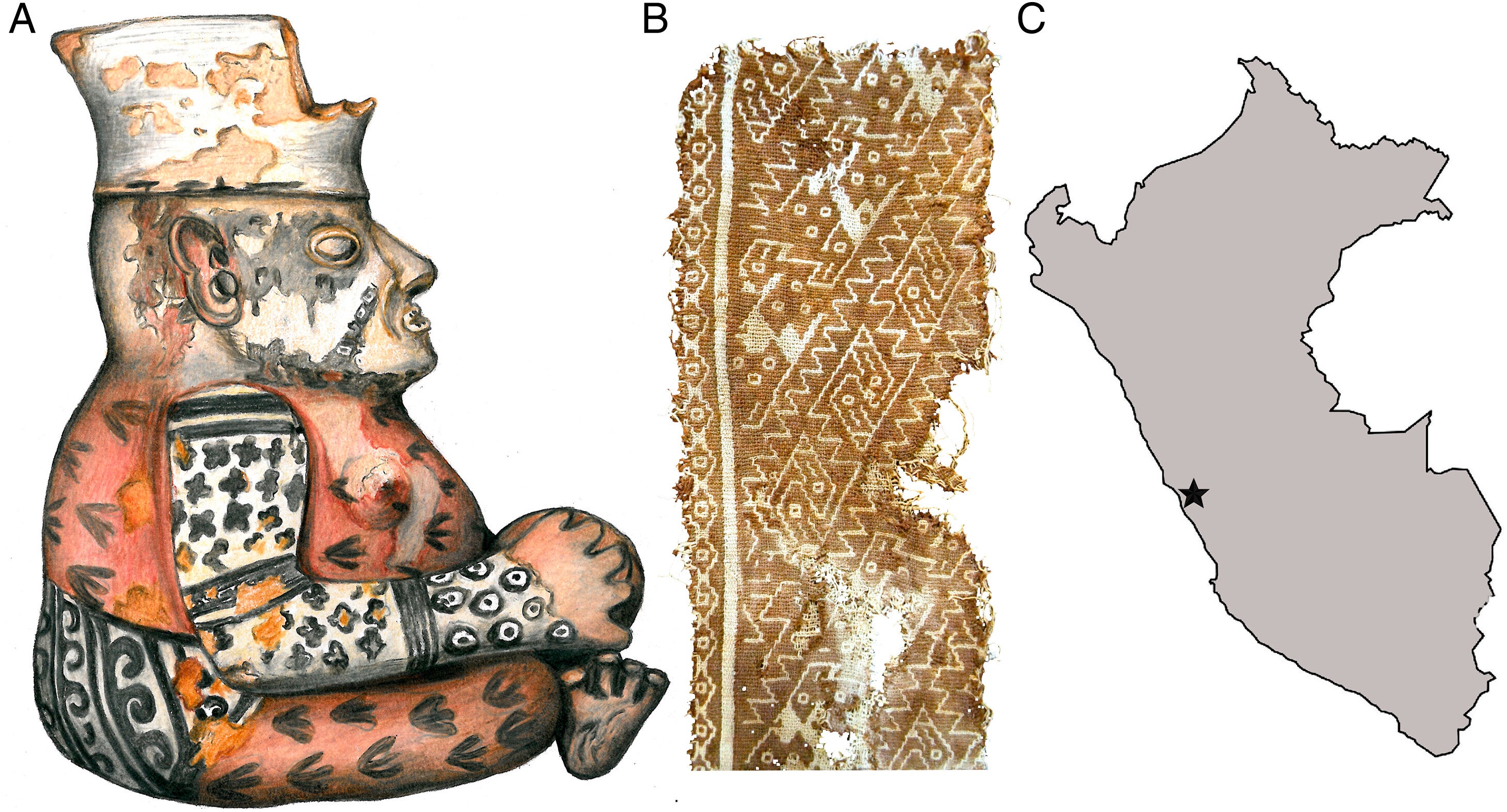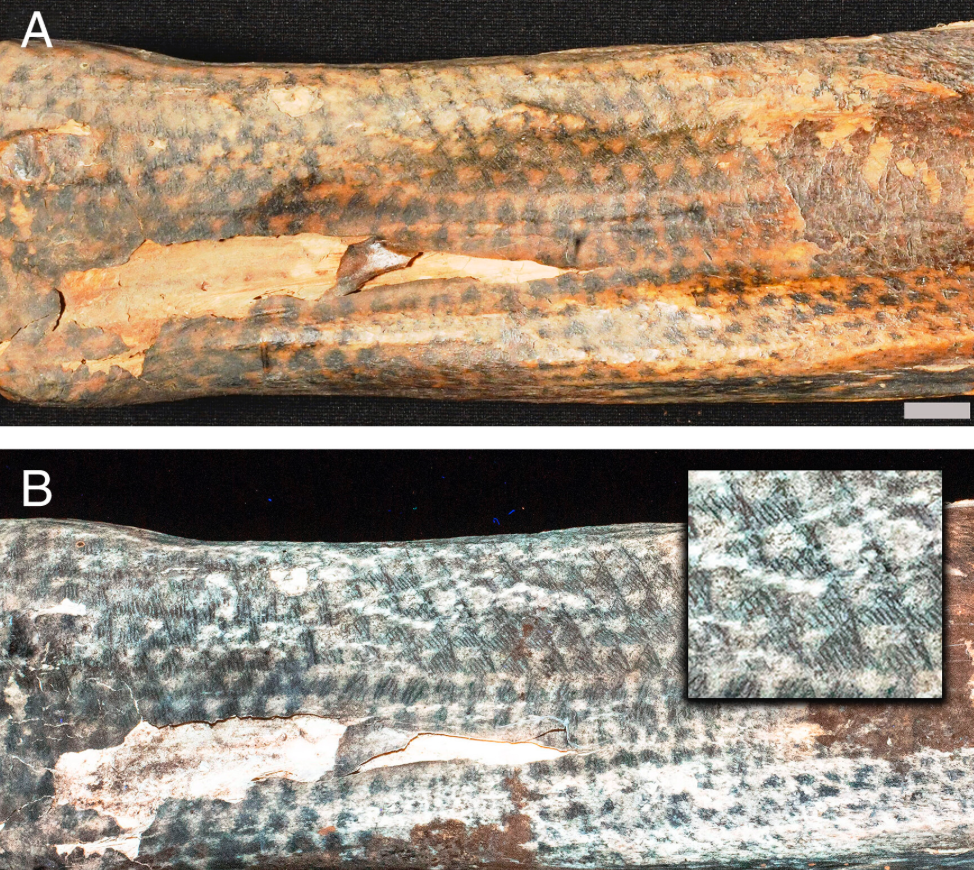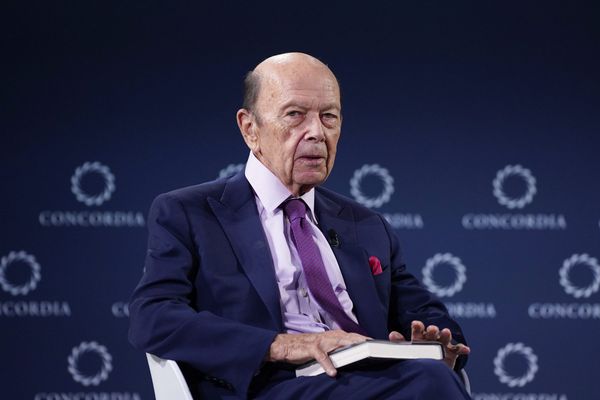Highly detailed tattoos on Peruvian mummies were made with “special effort” around 1,200 years ago, likely using cactus needles or sharpened animal bones, archaeologists say.
Researchers used laser scans to study the intricate designs on human remains from pre-HispanicSouth America, revealing evidence of a long history of tattooing in the region.
The ink used in the tattoos bled and faded with age, further exacerbated by mummification, causing these designs to be difficult to discern.
Scientists used advanced laser scans to study 1,200-year-old tattoos on mummified individuals from the pre-Columbian Chancay culture, which developed along coastal Peru between 900AD and 1533AD.

The Chancay, known for their textiles with intricate patterns, “were a small state that could mass produce goods and achieved trade relations with regional cultures, later absorbed by the Inca Empire”, researchers note in a study published in the journal PNAS on Monday.
The new laser technique allowed scientists to make the mummified individuals’ skin glow brightly in contrast with the black tattoo ink.
This nearly eliminated the effects of ink bleed and revealed the previously hidden details of the tattoo designs.

Scientists inspected over 100 mummified individuals and found four remains with “exceptional tattoos”, including designs of geometric shapes like triangles and diamonds.
Researchers suspect such intricate patterns could have been inked with a finely pointed object like a cactus needle or a sharpened animal bone.
“Each ink dot was placed deliberately by hand with great skill, creating a variety of exquisite geometric and zoomorphic patterns,” researchers write.
The artistic details and precision of the tattoos appear to exceed that of contemporary Chancay pottery, textiles, and rock art.
Scientists say some of the tattoos were a product of “special effort”, making them key to better understanding art development in pre-Columbian South America.
The tattoos were not seen on all mummies, suggesting they were restricted to a subset of the population.
However, future analysis of new mummy discoveries would be needed to test this theory, researchers say.
“The study therefore reveals higher levels of artistic complexity in pre-Columbian Peru than previously appreciated, which expands the degree of artistic development found in South America at this time,” they write.
Scientists hope the new technique could lead to improved analysis of tattoos on mummies from other civilisations.
It could potentially reveal similar “milestones in human artistic development” by studying other ancient tattoos and shed light on the evolution of tattooing methods, they say.







